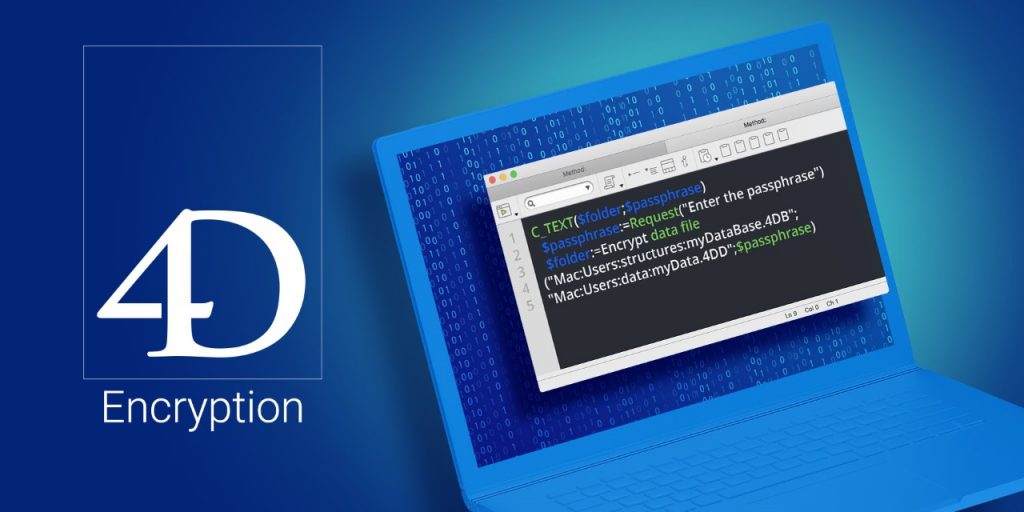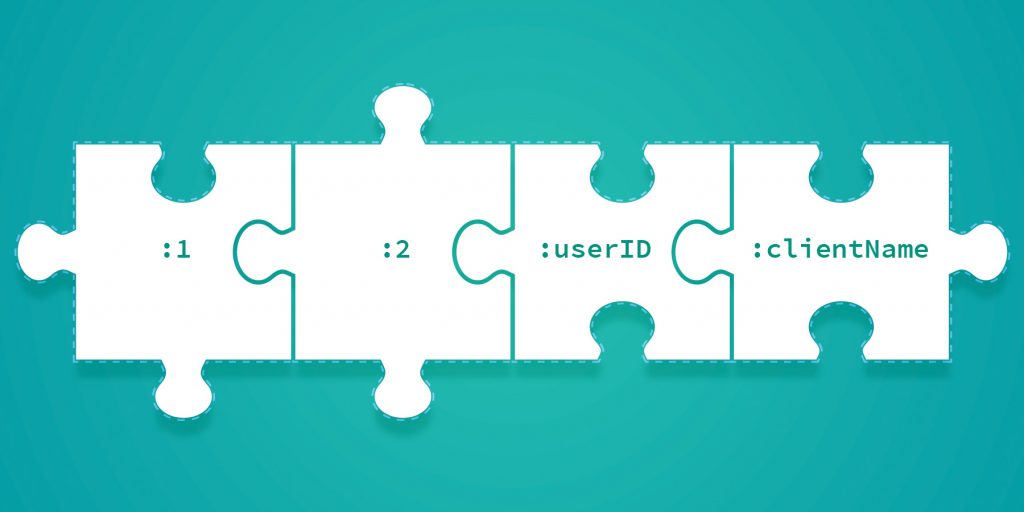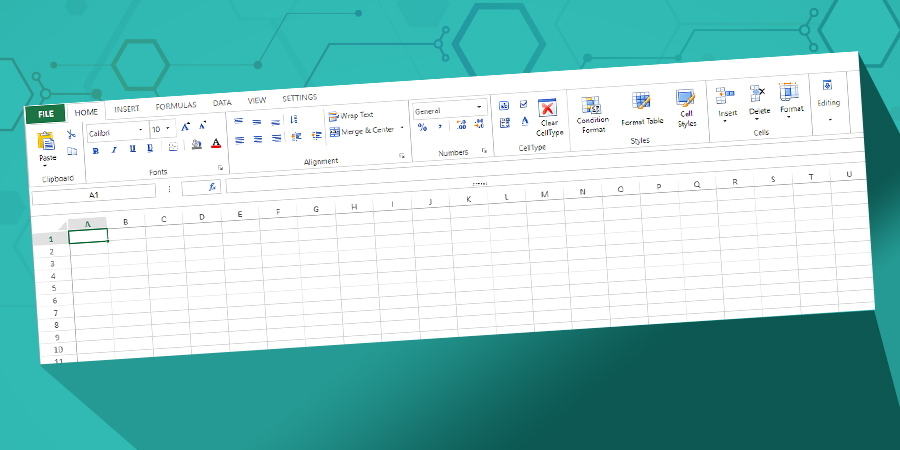New 4D commands to work with encrypted data
In a previous post, we discussed how to get started with data file encryption. Now we’re going to discuss an additional way to work with encrypted data files: New 4D commands. These commands are designed to support most encryption requirements and allow you to deliver an encrypted solution to your customers.
Concurrent merged clients from the same computer
You asked for a way to run multiple clients on the same computer AND simultaneously connect them to the same 4D Server. We not only heard you, we’re giving you even more with 4D v17 R5! Each connection now includes a separated cache folder containing the connection’s IP address, port, and a hash code. Thanks to this, you can now also connect several clients from the same machine to multiple servers on different machines. There’s no configuration necessary, just launch and watch it work!
Add values to your generic ORDA queries
By now you’ve surely noticed that ORDA queries are not only light and readable, they also make it easy to navigate through the entire data model using object-oriented concepts! In this blog post, we showed you how to write powerful and easy-to-maintain queries. One of the methods recommended was providing the query and values separately via placeholders. 4D v17 R5 takes placeholders a step further by allowing you to write generic ORDA queries: say hello to named placeholders for values!
Improved performance: up to 8xs faster (no, that’s not a typo)!
Scalability is one of our primary concerns and 4D v17 R5 brings good news in this area, particularly for those with a heavy process load on their 4D Server. You’ll notice significant improved performance speeds when remote clients (one, two, or even hundreds) are connected to your server.
4D’s internal architecture has been enhanced and now processor usage is fully optimizedopens in a new tab) in preemptive mode and simultaneous read/write accesses on the same table. As a result, you could see performance 4 to 8xs faster!
64-bit support brings new opportunities
Without sugarcoating it, 4D v17 R5 is 64-bit only! It’s no secret that many features, such as preemptive processes, new cache manager, 4D View Pro, and more are already only available in 64-bit. The bright side is that focusing on 64-bit systems makes it possible for us to incorporate more modern technologies and feature sets, as well as update many libraries. This change also brings new opportunities and in this blog post we’ll focus on the updated libraries and the positive impact on your 4D applications.
Object notation to handle files and folders
4D already provides commands to handle files and folders, but what about new commands that take advantage of the power of object notation?
Objects have changed the way many 4D developers write code, making it more generic, flexible, easier, and faster. Now this wave of change is extended to files and folders. In this blog post, we’ll show you how easy it is to manipulate an object in order to retrieve the attributes of a file or folder (rather than calling several commands and storing the information in multiple variables). Things are getting a lot easier!
A powerful & feature-rich ribbon for 4D View Pro
In addition to the existing toolbar, we’re proud to announce the addition of a very powerful ribbon-style toolbar to enhance the 4D View Pro user interface. Just select an option in the Property List and you’re off and running!
Links in 4D Write Pro documents
As a developer or end user, you know how convenient hyperlinks can be. Without them, you would need to know the URL for every page on the internet! They let you turn your text or pictures into links to allow easy transitions from one place (e.g., a 4D Write Pro document) to another (typically a website).
What if links could offer more? What if they could launch the execution of 4D code or simply move the cursor to a different area in the same document? They can!
Pull to refresh with 4D for iOS
With v17 R5, 4D for iOS is shipped with a cool feature: Pull-to-refresh. It’s a very useful gesture, since all you need to do, to refresh your data, is scrolling to the top of the screen, then sliding your finger down. With this very intuitive feature, your app content is updated in a snap.
Log your SMTP conversations
As promised in a previous post, each R-release includes more advances related to email functionality, unlocking its hidden power.
4D v17 R5 provides an interesting new feature for email logs. Sometimes during development everything works fine but when you deploy to the customer, there’s a problem delivering emails. Discovering where the failure occurs can be difficult, since the communication is encrypted and you often don’t have access to the SMTP server log files. The problem is very likely related to your SMTP server, but how can you be sure? Simply start the SMTP log in your application! This log contains a record of all the actions performed, including those stopping the connection. Even better, this log shows the communications with the SMTP server in plain, non-encrypted text, making it easier to analyze.
Contact us
Got a question, suggestion or just want to get in touch with the 4D bloggers? Drop us a line!
* Your privacy is very important to us. Please click here to view our Policy










